When learning about investing, it is good to remember that nearly all the “commonly accepted advice” out there is based on at most 100 years of historical returns. Meanwhile, many of us still have 50 or more years ahead of us. Is that enough data? I’m pretty comfortable with broad patterns such as stocks outperforming bonds over long periods across nearly every developed country. However, as the conclusions get finer I get more and more skeptical.
For example, I wouldn’t bet all my chips on any one country. The world will look very different in 50 years, and I doubt we’ll be able to predict much of it. (Though I’m sure it will seem “obvious” in retrospect.) Take a look at these two charts comparing the relative market capitalizations of world equity markets as of the end of 1899 and 2013.
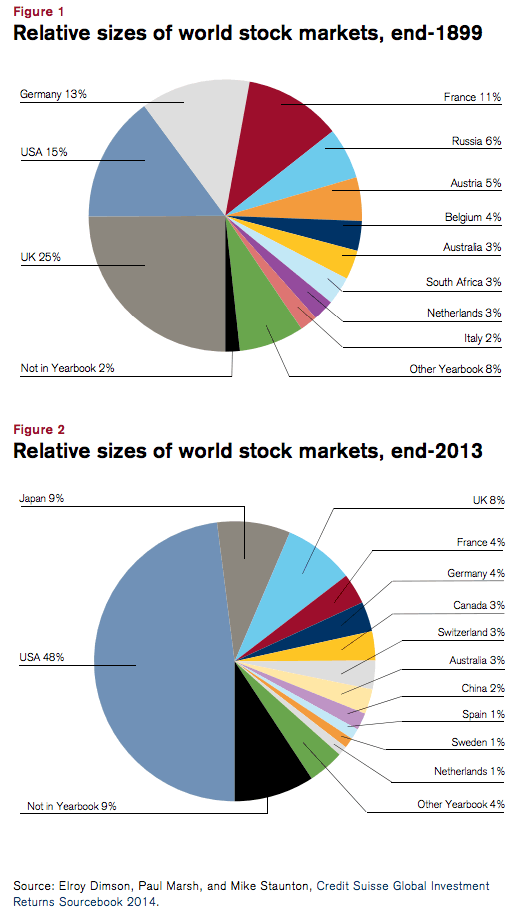
I’ll check back in around 2050…
Source: Credit Suisse Global Investment Returns Yearbook (via Abnormal Returns)
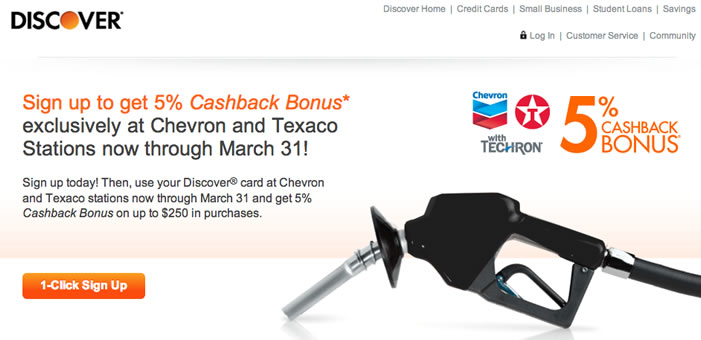
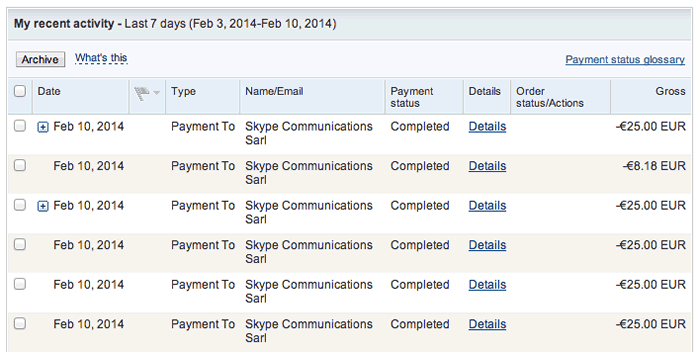
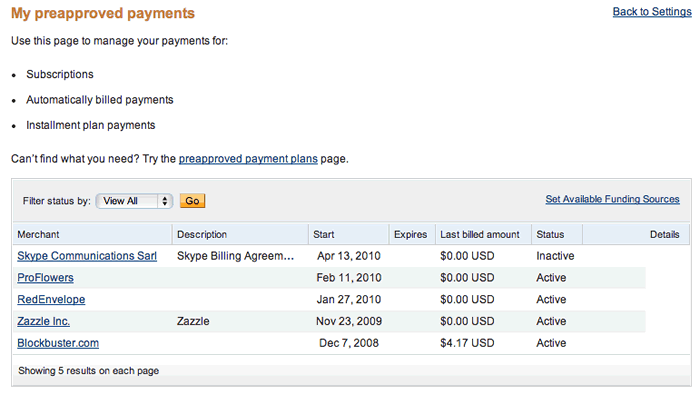
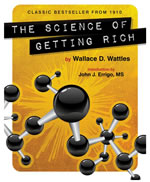 I saw that a book called The Science of Getting Rich was temporarily free at the Amazon Kindle store, so I checked it out as with most financially-related titles. Surprisingly, it had over 300 reviews with a 4.3/5 star rating, quite rare for a free eBook. It turns out that this specific eBook is a bit of a “recycling” job done by someone else on the original 1910 book
I saw that a book called The Science of Getting Rich was temporarily free at the Amazon Kindle store, so I checked it out as with most financially-related titles. Surprisingly, it had over 300 reviews with a 4.3/5 star rating, quite rare for a free eBook. It turns out that this specific eBook is a bit of a “recycling” job done by someone else on the original 1910 book  Carol Loomis of Fortune has just posted the 6-year update in Fortune of the $1,000,000 index fund vs. hedge fund bet between Warren Buffett and a successful hedge fund manager. The hedge funds were in the lead early on, but started lagging behind last year. Over 2013, the index fund lead widened further. 60% of the way through the 10-year bet (1/1/08 to 12/31/17), the Vanguard S&P 500 index fund backed by Buffett is up by 43.8%. The group of hedge funds hand-picked by Protégé Partners are up by 12.5%, a gap of over 30%.
Carol Loomis of Fortune has just posted the 6-year update in Fortune of the $1,000,000 index fund vs. hedge fund bet between Warren Buffett and a successful hedge fund manager. The hedge funds were in the lead early on, but started lagging behind last year. Over 2013, the index fund lead widened further. 60% of the way through the 10-year bet (1/1/08 to 12/31/17), the Vanguard S&P 500 index fund backed by Buffett is up by 43.8%. The group of hedge funds hand-picked by Protégé Partners are up by 12.5%, a gap of over 30%.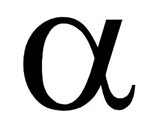 At a major ETF industry conference, Vanguard CIO Tim Buckley shared a preview of an upcoming report from by Vanguard Research. The general idea is that a good financial advisor should be able to affect the performance of client’s portfolio by three full percentage points. That’s a really big number, and I’m sure it has many advisors excited. Here’s how that 3% breaks down:
At a major ETF industry conference, Vanguard CIO Tim Buckley shared a preview of an upcoming report from by Vanguard Research. The general idea is that a good financial advisor should be able to affect the performance of client’s portfolio by three full percentage points. That’s a really big number, and I’m sure it has many advisors excited. Here’s how that 3% breaks down: The Best Credit Card Bonus Offers – March 2024
The Best Credit Card Bonus Offers – March 2024 Big List of Free Stocks from Brokerage Apps
Big List of Free Stocks from Brokerage Apps Best Interest Rates on Cash - March 2024
Best Interest Rates on Cash - March 2024 Free Credit Scores x 3 + Free Credit Monitoring
Free Credit Scores x 3 + Free Credit Monitoring Best No Fee 0% APR Balance Transfer Offers
Best No Fee 0% APR Balance Transfer Offers Little-Known Cellular Data Plans That Can Save Big Money
Little-Known Cellular Data Plans That Can Save Big Money How To Haggle Your Cable or Direct TV Bill
How To Haggle Your Cable or Direct TV Bill Big List of Free Consumer Data Reports (Credit, Rent, Work)
Big List of Free Consumer Data Reports (Credit, Rent, Work)